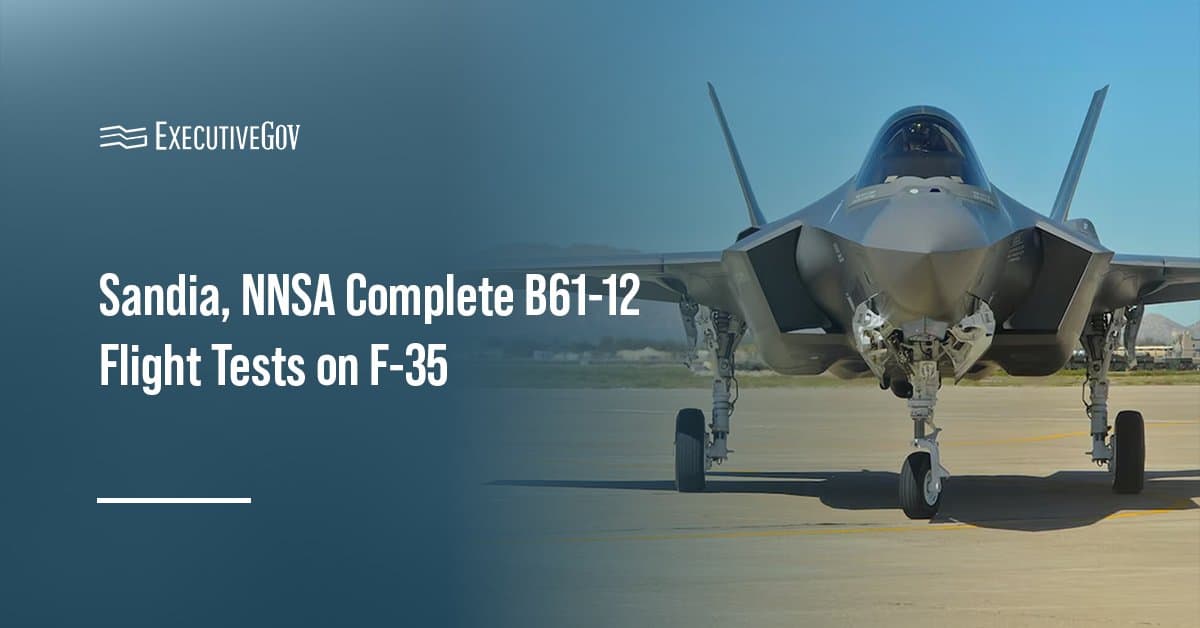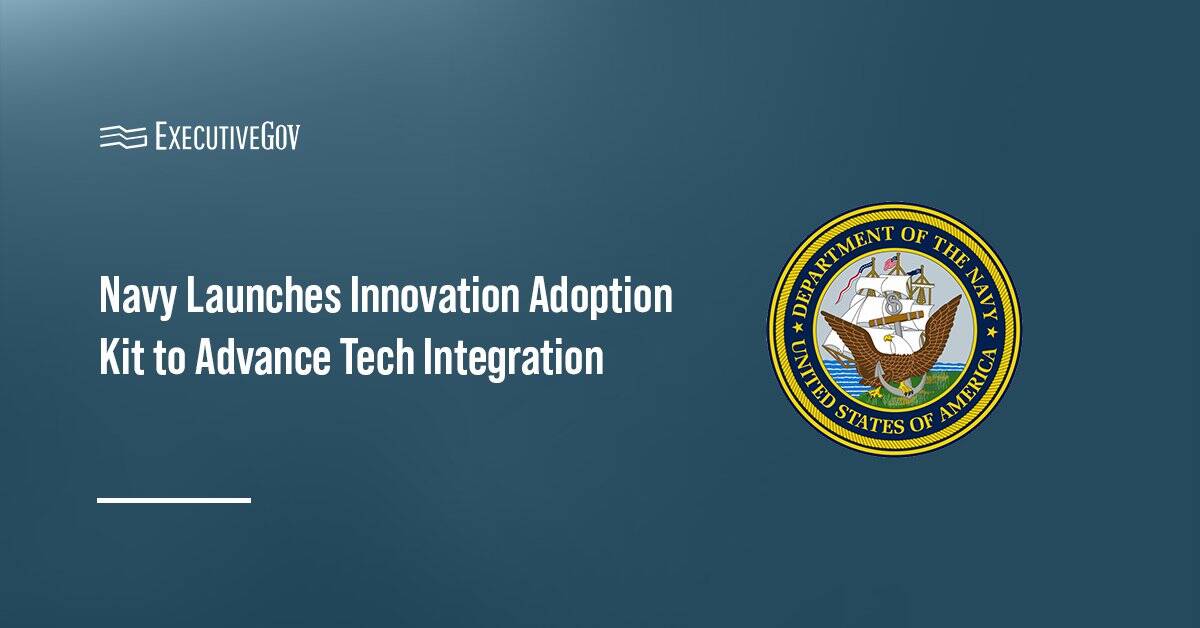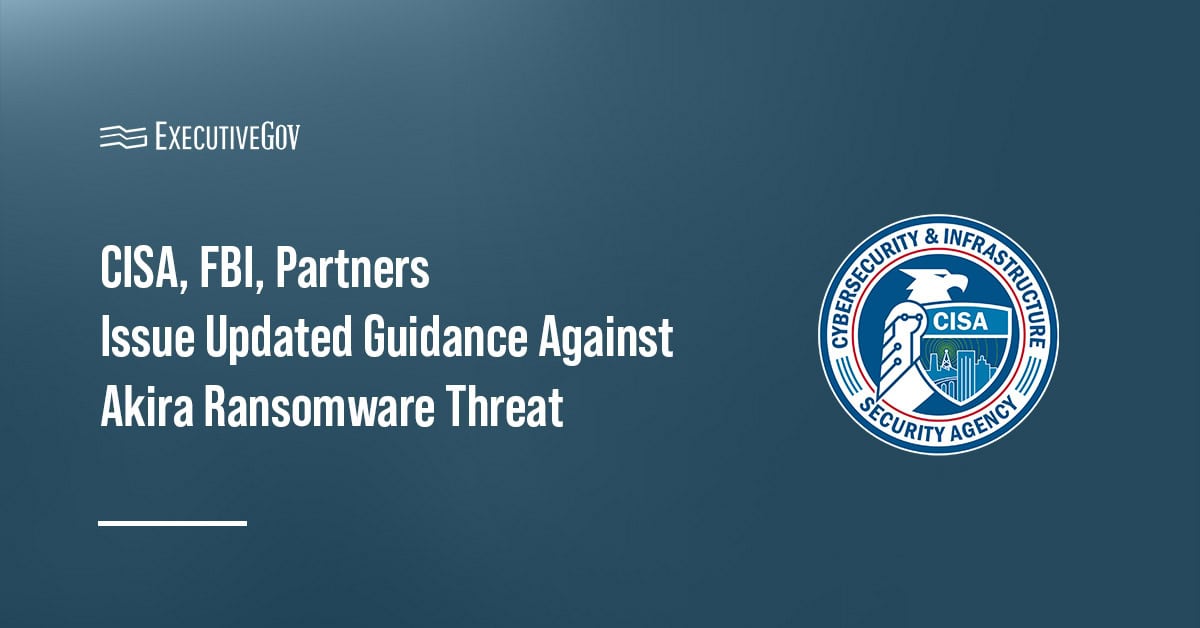Sandia National Laboratories and the National Nuclear Security Administration conducted a series of B61-12 nuclear gravity bomb flight tests in Nevada in August, validating the weapon’s performance when carried and released by an F-35A aircraft, Sandia said Thursday.
Table of Contents
What Did the Sandia, NNSA Tests Demonstrate?
The trials, held Aug. 19 to 21 at the Tonopah Test Range with aircraft support from Hill Air Force Base, used inert B61-12 joint test assemblies to evaluate end-to-end reliability of the aircraft, crews and weapon system. The test series also included the first thermal preconditioning of a B61-12 test assembly aboard an F-35 aircraft prior to its release, providing additional data on how the system performs under combined environmental conditions.
“These B61-12 F-35A stockpile flight tests and captive carry flight test were the capstone accomplishment of a tremendous amount of planning and effort by those who were involved across not only Sandia, but many other agencies,” said Jeffrey Boyd, Sandia’s surveillance lead for the B61-12 and B61-13. “In addition, these B61-12 stockpile flight tests represent the completion of the most B61-12 flight testing surveillance scope in a year to date and the most in a given year for the foreseeable future.”
Why Are the Tests Important?
A test range official said the team completed evaluations on three assets over two days after adjusting plans to meet safety and range requirements. According to Sandia, the results will support annual assessments of NNSA laboratories and enhance warfighter capabilities.
The B61-12 is the most recent modification of the B61 family of nuclear gravity bombs. NNSA completed its B61-12 Life Extension Program in December 2024, extending the bomb’s service life by at least 20 years. The agency is now transitioning production to the B61-13, with the first unit expected by fiscal year 2026.





